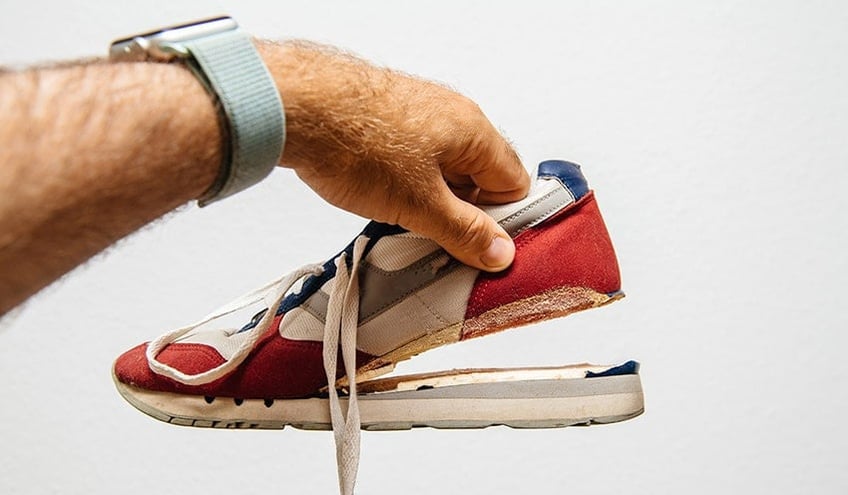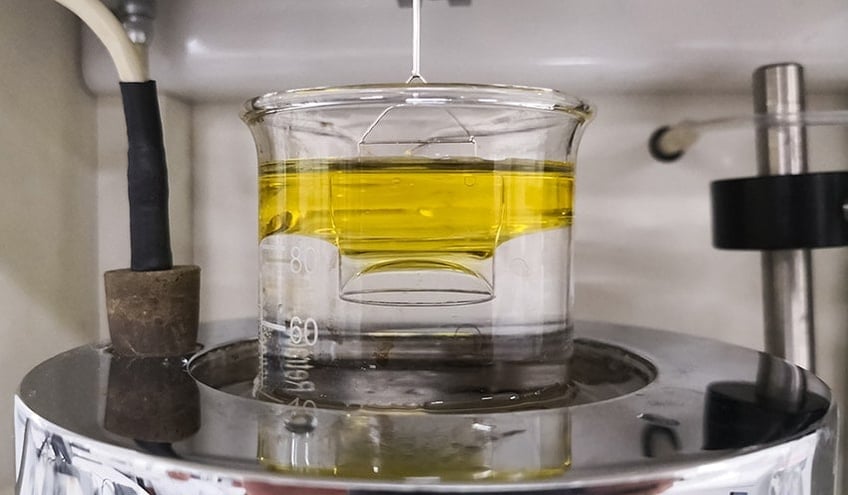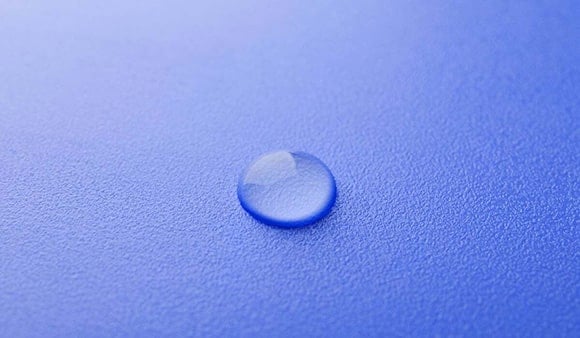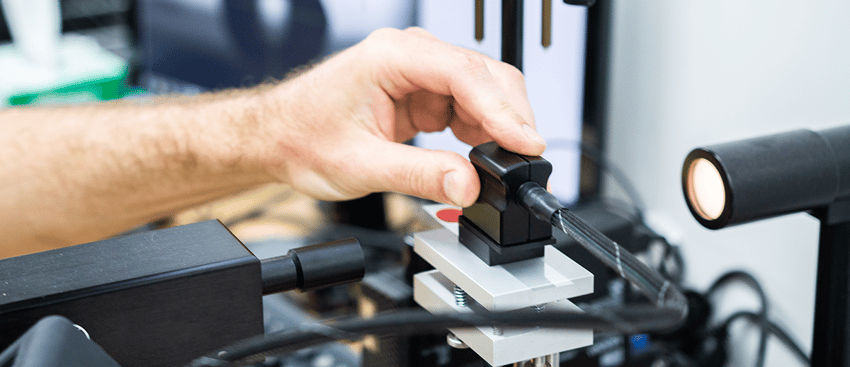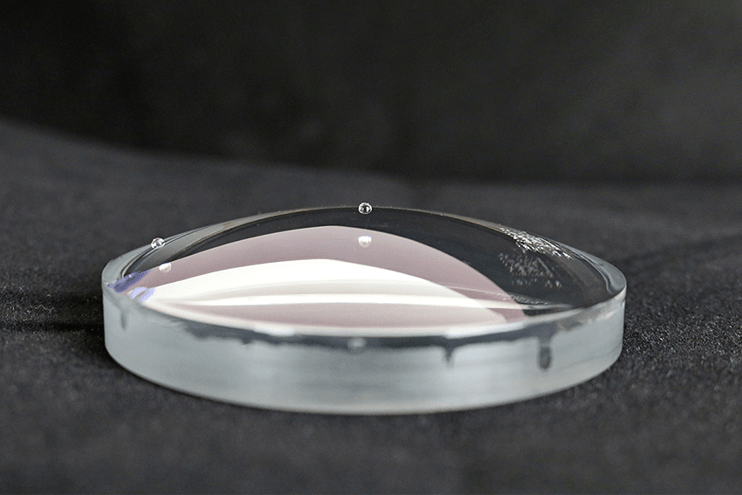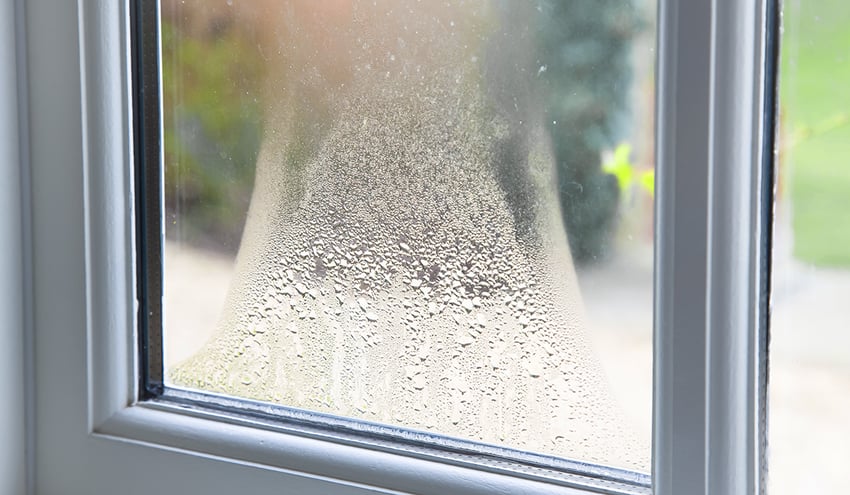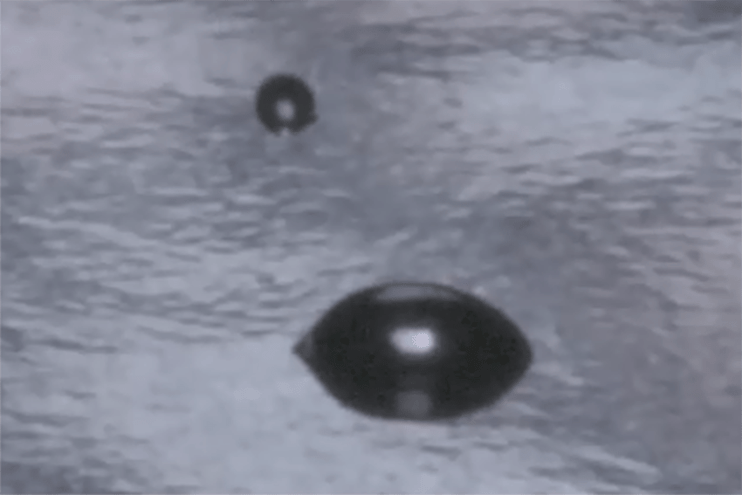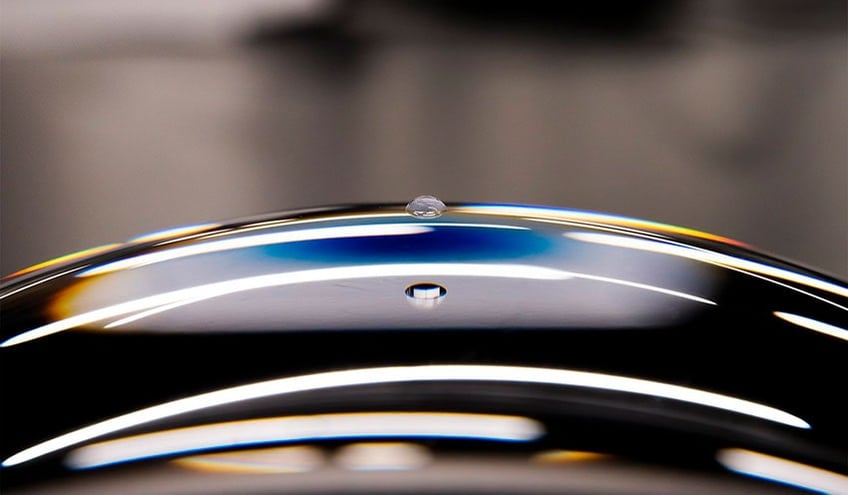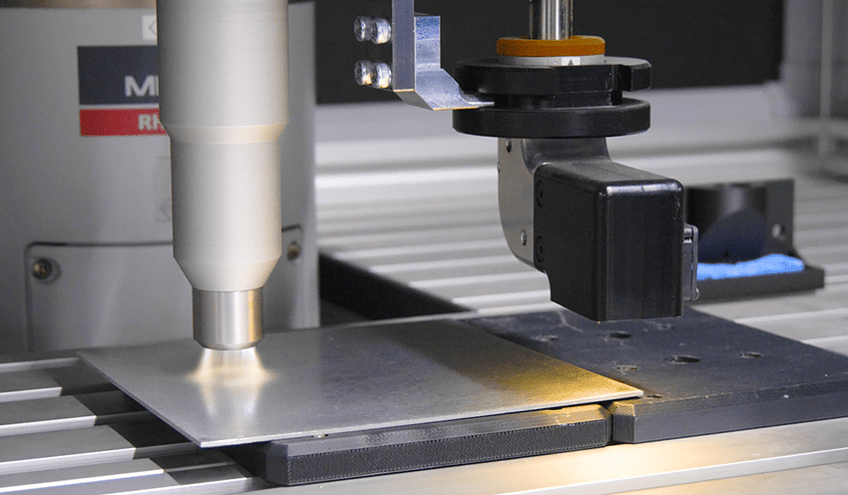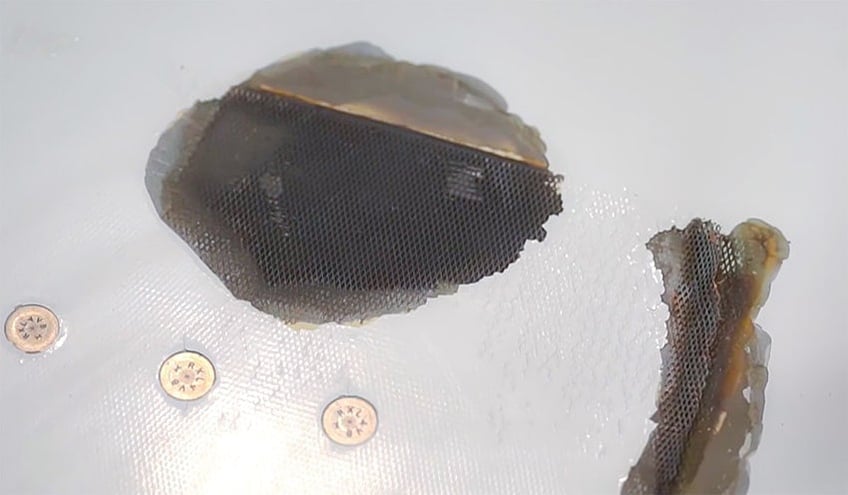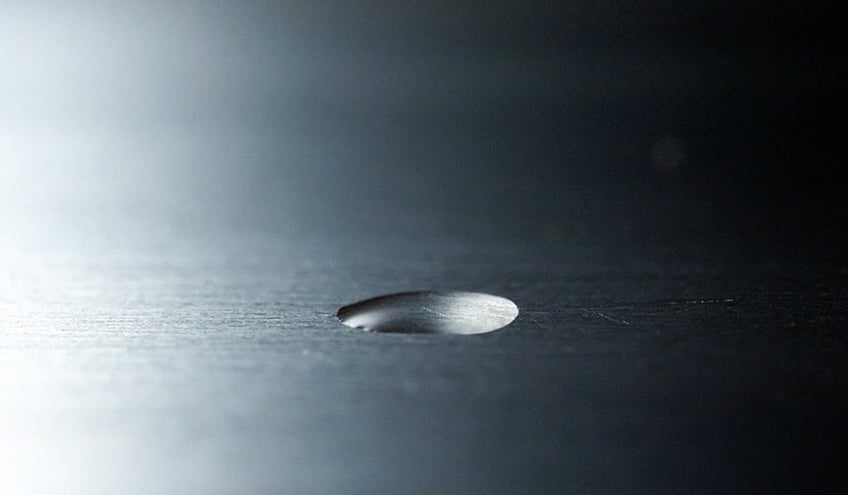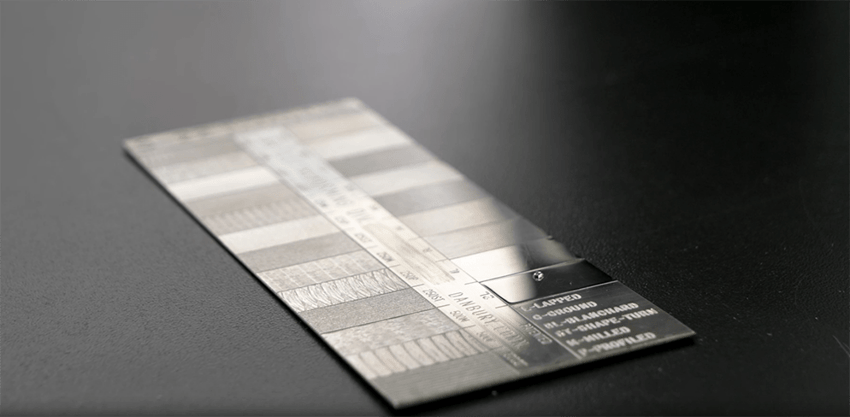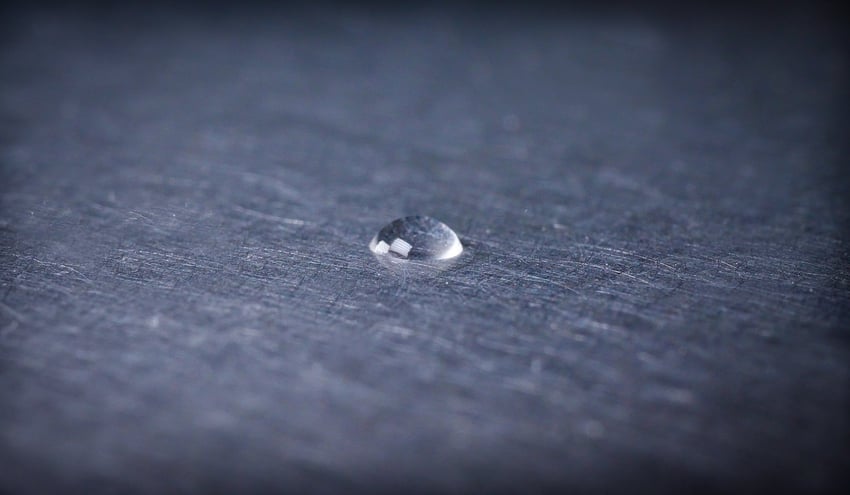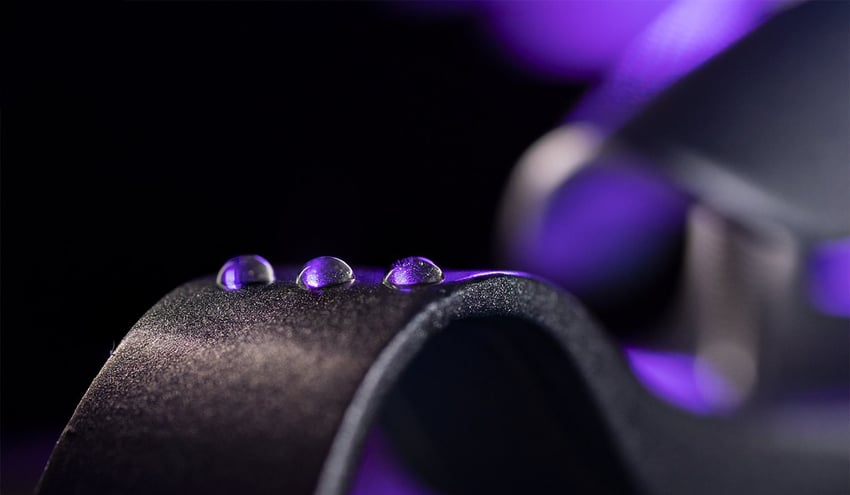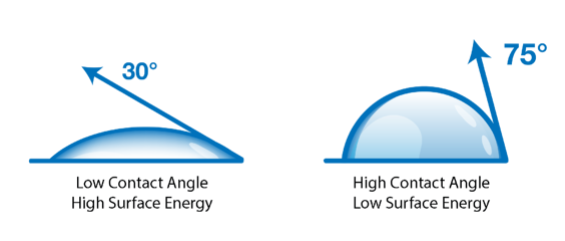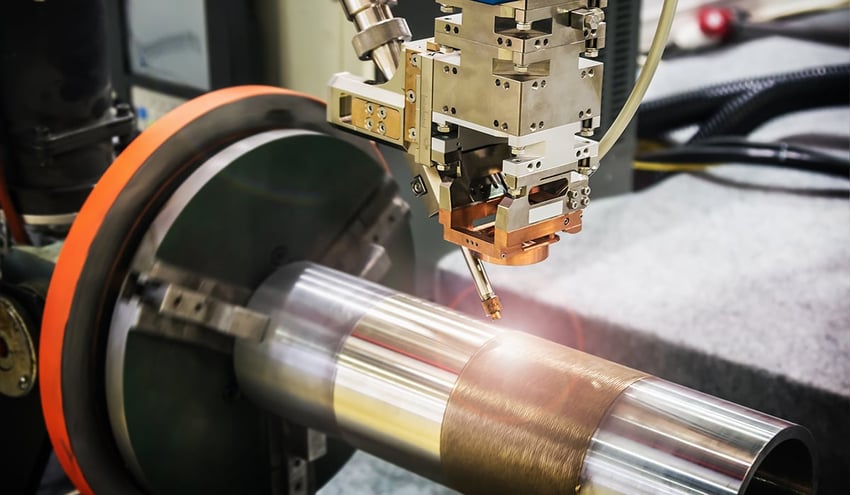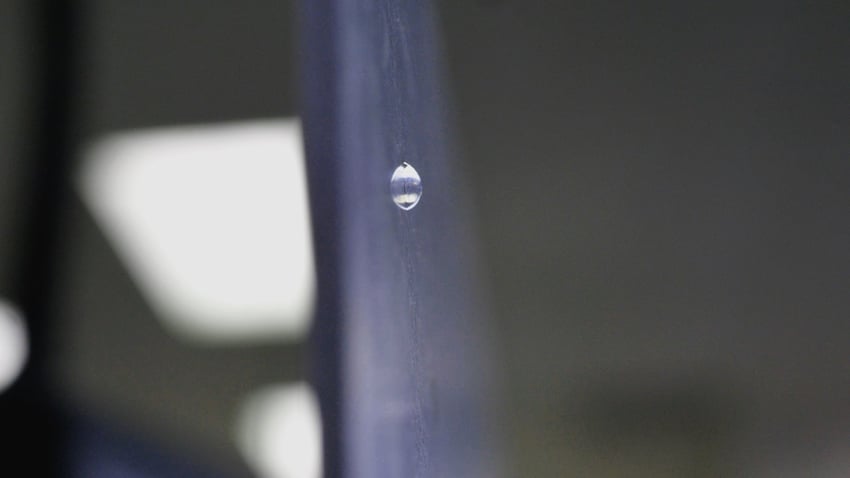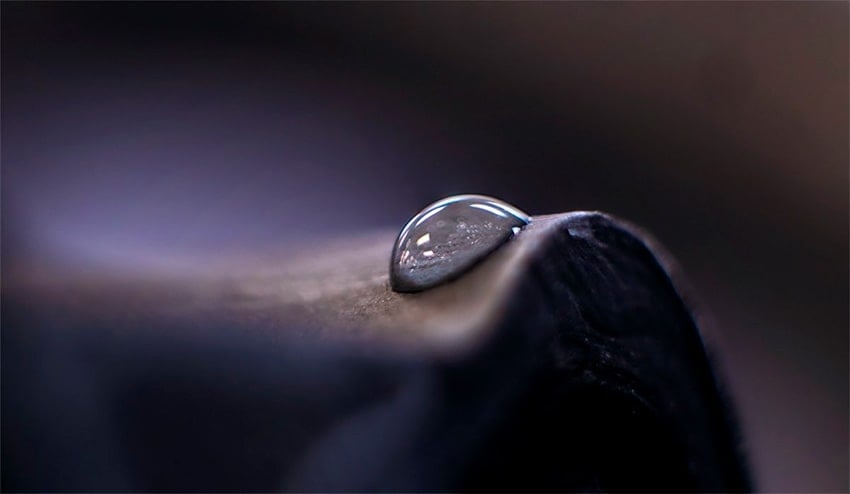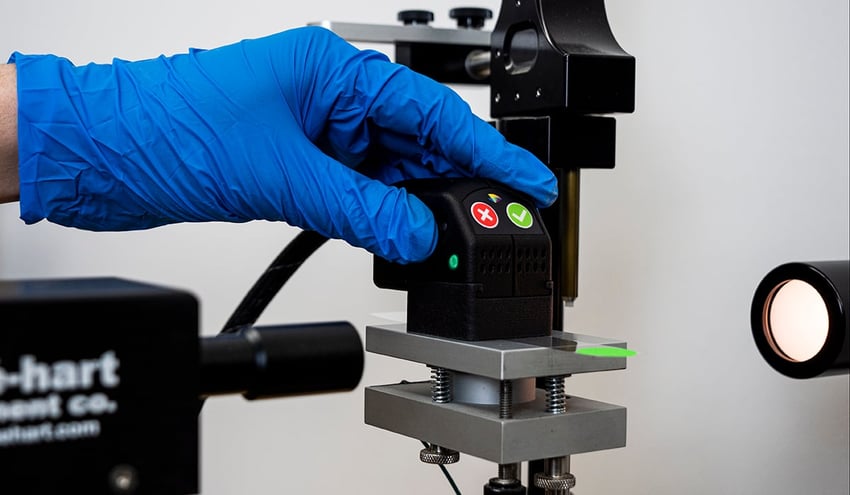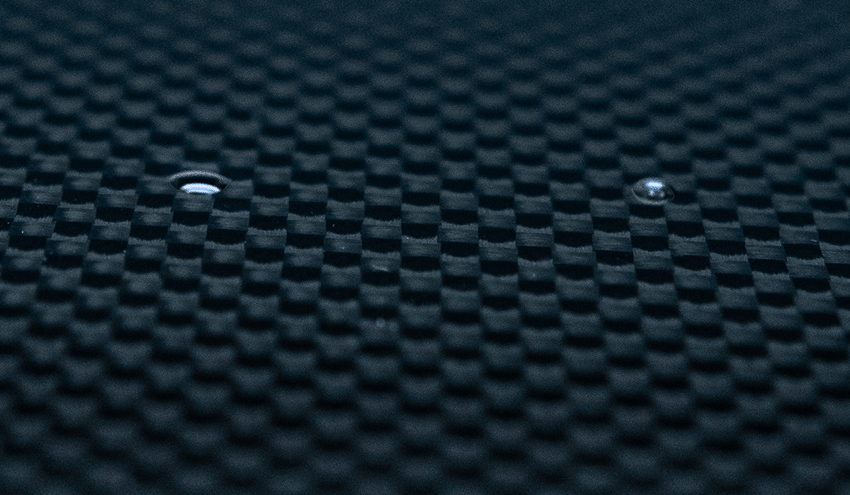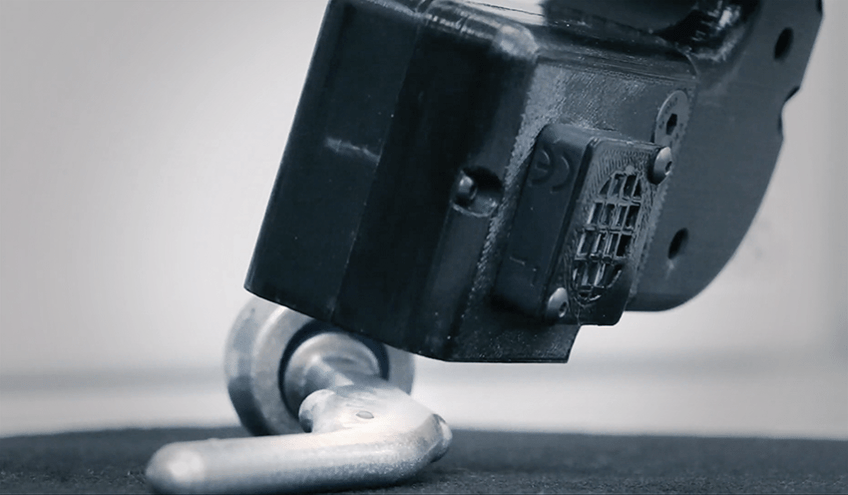There are many reasons why sneakerheads love the shoes they covet. Athletic shoes have become one of the most sought-after clothing items due to their aesthetic appeal and shoe manufacturers' ever-evolving material innovations.
Shoes were once ubiquitously knitted together using leather or firm canvas, mostly manually. Today, that couldn’t be further from the truth. The most popular shoes today are, by and large, adhesively bonded polymeric and synthetic materials. Some companies incorporate natural materials like wool, leather, suede, and other natural fibers into their designs. Still, even these have plastic soles that are glued to the upper elements of the footwear.
Consumer demands for transparency, environmental friendliness, and a high concern for safety play a large role in what materials are used in our products these days, and shoes are no exception.
But as materials change, how do manufacturers keep their quality consistent?
Reliable, strong adhesive bonding—the sort that can withstand feet pounding against the ground day after day—relies on strong chemical bonds being formed between the polymers in the shoe and the adhesives used to hold them together.
Optimize the power of next-gen connectivity with data & surface intelligence.
When these elements are adjusted in any way, it can degrade the quality of the assembled shoe, leaving manufacturers scratching their heads and wondering how to avoid making substandard shoes. The masses can be deeply unkind to companies who have recalls due to their soles wearing out and detaching from the shoe.
The best way for shoe manufacturers to consistently make reliable footwear regardless of material alterations or process deviations is to have a versatile, rapid, surface-sensitive inspection method that quantitatively evaluates surface quality. That way, when it’s time to apply the adhesive, there will be no question that the bond will be strong.
Material Changes Cause Changes to The Molecules on a Surface
Surface energy is the characteristic of a surface that determines whether it is chemically prepared for bonding. Surface energy fluctuates based on the chemical composition of the top few molecular layers of material.
Every material has an innate surface energy that is relatively constant across raw materials of a similar type. Polymers are typically low energy, meaning they have a low propensity for bonding without major chemical changes to the surface. In comparison, metal typically has higher energy and has an easier time bonding if proper cleaning processes are in place to remove oils and other contaminants.
Since shoes are often combinations of various polymers such as rubbers, polyesters, and synthetic materials, they require surface treatments to make their low-energy, unreactive surfaces into high-energy, reactive surfaces. This is more and more true as companies innovate to make their products lightweight, resistant to environmental stresses, more responsive to the ways athletes and wearers move while wearing them, and create a more specific shoe-wearing experience.
This attention to detail and nuance requires more advanced materials like thermoplastic polyurethane and uniquely formulated foams.
The problems arise when the old adhesives don’t meet the same performance requirements when bonded to novel materials. Manufacturing processes need to keep up with shoe trends to not only provide the same level of reliability as past shoes, but the intention is often to surpass those expectations.
A leading athletic apparel manufacturer partnered with Brighton Science to tackle a problem that arose when they were tasked with changing the formulation of their solvent-based adhesives to only water-based adhesives, citing health concerns for consumers as the impetus for the change. This modification had the potential to throw their entire process off.
Using water-based adhesives on their foam midsoles did not meet the quality standards. They needed a process that would work for these materials but also guarantee strong adhesion as the foam formulations evolved.
In situations like these, quality inspections that are sensitive to surface energy changes and can definitively detect the right chemical state of the foam surface for bonding is vital to consistent product reliability. If surface quality is controlled, manufacturers don’t have to worry about disruptions due to material changes. Surface analysis technology built into the production process can elucidate tweaks that need to be made to surface treatment parameters to create consistent or improved outcomes when materials change.
Contact Angle Measurements are the Adhesion Prediction Method Manufacturers are Looking for
Contact angle measurements are a common laboratory testing technique that determines the surface energy of a material. The test works by depositing a drop of liquid on the material surface and measuring how much the drop wets out or beads up on the surface. A high-energy surface will attract the droplet and cause it to spread out on the surface. A low-energy surface will not be attractive to the droplet, and the liquid molecules will attract themselves, causing the droplet to form a more spherical shape and a higher contact angle.
It’s fast. It’s accurate. It’s non-destructive. It’s the Automated Surface Analyst.
A common surface treatment for polymeric materials is plasma treatment or chemical etching. These processes break molecular bonds on the surface and replace molecules with ones conducive to adhesion, creating a high-energy surface. Contact angle measurements are highly sensitive to these chemical changes and can accurately identify surfaces that are within a quality threshold and those that might be very close to failure. If a new material is introduced to an adhesion process, a simple contact angle measurement will be able to determine if the plasma or etching parameters need to be altered in any way. It can save a lot of time and guesswork if manufacturers can know definitively that their current process is effective on new materials. Many manufacturers just have to assume that it is until a failure occurs, and root cause analysis must be done to determine why.
These measurements can be conducted directly on materials in the production processes with the use of smart sensors that can relay surface quality data from the line to quality assurance engineers. These rapid tests take only a couple of seconds to generate an accurate quality assessment, which is a huge boon for shoe manufacturers who typically have high-yield processes that need to shave production time wherever possible. Liquid adhesives can be very messy and time-consuming to use, with application times sometimes exceeding an hour per shoe when bonding the midsole to the upper assembly.
To learn more about how using contact angle measurements' predictive analytical power can save time and money while reducing the risk of introducing new materials, download our free eBook, What is Contact Angle? Bridging the Gap: How Contact Angle Insights Drive Manufacturing & Supply Chain Insights

